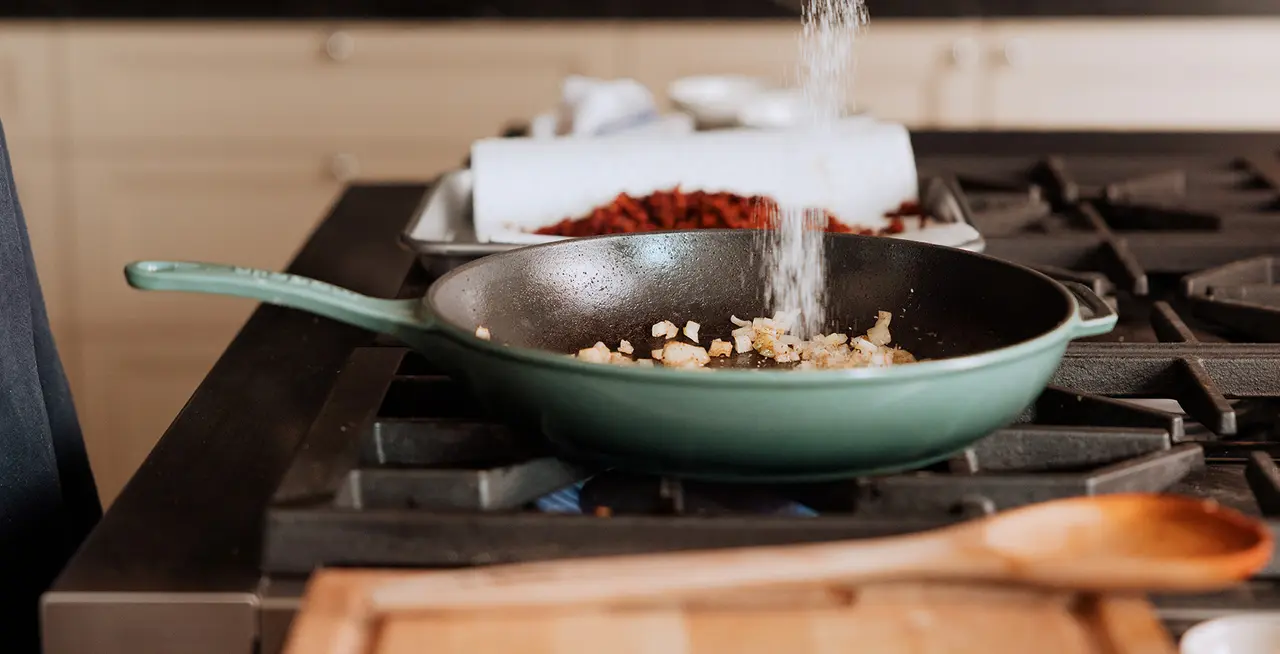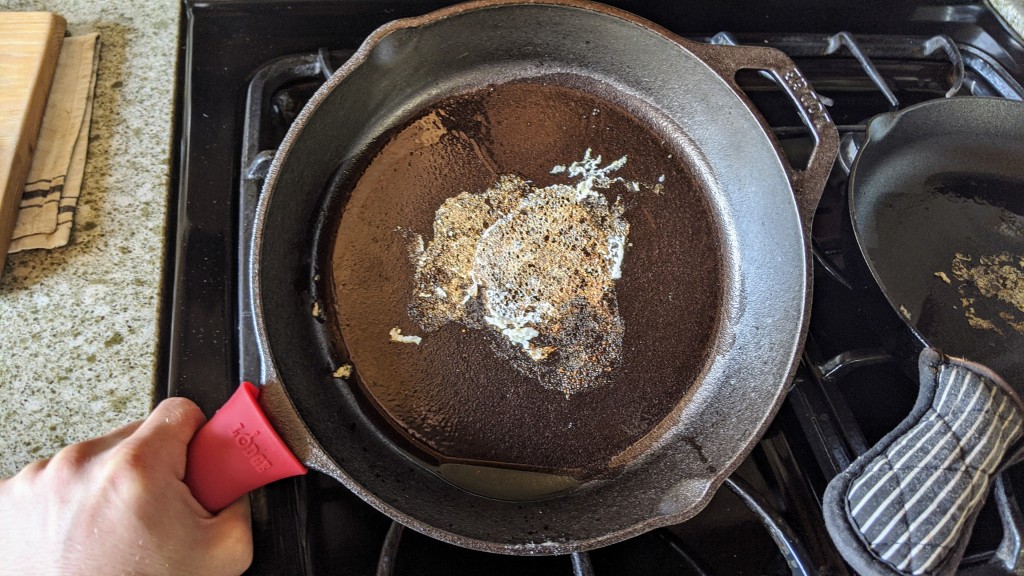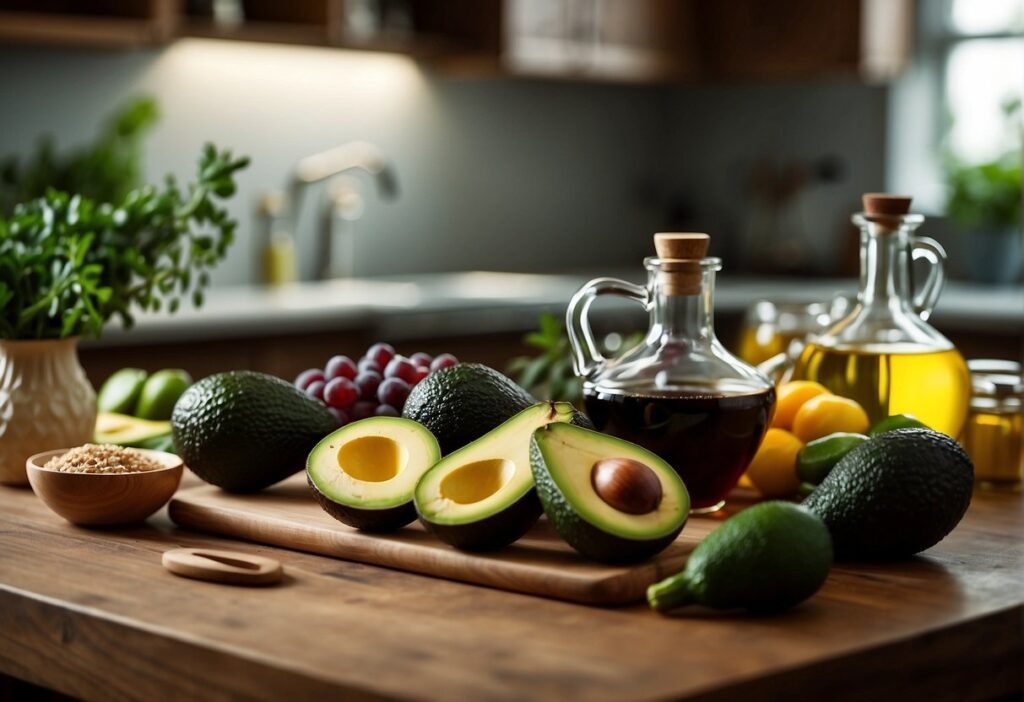Cooking carne asada on a cast iron skillet is an essential skill for any kitchen professional. This method not only enhances the flavor but also provides a perfectly seared crust that is hard to achieve with other cooking methods. Understanding how long to cook carne asada on cast iron skillet is crucial for achieving the desired tenderness and juiciness.
First, let's discuss what makes carne asada special. Traditionally made from flank or skirt steak, this dish offers rich flavors that can be complemented by the heat of the skillet. The characteristics of a cast iron skillet make it one of the best choices for cooking carne asada because it distributes heat evenly, ensuring a consistent cook.

The Importance of Preheating
Before diving into the cooking times, preheating your cast iron skillet is an important step. Ensure your skillet is heated up to medium-high heat before adding the meat. This allows for a proper sear and keeps the juices locked in. To check if your skillet is ready, sprinkle a few drops of water onto the surface. If they sizzle and evaporate quickly, your skillet is ready.

Optimal Cooking Times
Generally, carne asada should be cooked for about 6 to 8 minutes per side for medium-rare, depending on the thickness of the meat. However, there are a few considerations to keep in mind:
- Thickness of the meat: Thicker cuts will require additional cooking time.
- Desired doneness: If you prefer your carne asada medium or well done, adjust the cooking time accordingly.
For a more precise guide:
- Medium-Rare: 6-7 minutes per side
- Medium: 8-9 minutes per side
- Well-Done: 10-12 minutes per side

The Importance of Resting
After cooking, let the carne asada rest for at least 5 to 10 minutes. This allows the juices to redistribute throughout the meat, resulting in a tender and juicy bite. Skipping this step can lead to dry meat, losing that delicious flavor you've worked hard to achieve.

Flavor Enhancements
To bring out the best in your carne asada, consider marinating your meat for at least an hour or overnight before cooking. Simple marinades with lime juice, garlic, and cilantro can significantly enhance the flavor profile. For more on marinades, visit steak temperatures.
Common Mistakes to Avoid
When cooking carne asada, there are a few common pitfalls to be aware of:
- Overcrowding the skillet: This can cause the meat to steam instead of sear. Cook in batches if necessary.
- Constant flipping: Allow the meat to sear properly by minimizing flipping. Aim for no more than once or twice during the cooking process.
- Skipping the resting step: As mentioned earlier, skipping this can lead to a disappointing texture and flavor.
Serving Ideas
Carne asada is incredibly versatile. Serve it in tacos, burritos, or salads. Top with pico de gallo, guacamole, or cilantro for added flavor. Don't forget to check out our guide on cooking tips.
Tools Youll Need
- Cast Iron Skillet: Ensure it's well-seasoned to prevent sticking.
- Meat Thermometer: For accurately checking internal temperatures.
- Sharp Knife: For slicing the meat against the grain to ensure tenderness.
Frequently Asked Questions (FAQ)
1. What cut of meat is best for carne asada?
The best cuts for carne asada are flank steak or skirt steak. These cuts are flavorful and tender when cooked properly.
2. Can I cook carne asada ahead of time?
Yes, you can cook carne asada ahead of time and reheat it later. Just keep in mind that it may require additional seasoning when reheating.
3. How can I tell when my carne asada is done?
Using a meat thermometer is the most reliable method. Aim for an internal temperature of 130F for medium-rare.
By following these tips, you can achieve perfectly cooked carne asada on your cast iron skillet every time. Happy cooking!
As an Amazon Associate, I earn from qualifying purchases.





Leave a comment
This site is protected by hCaptcha and the hCaptcha Privacy Policy and Terms of Service apply.